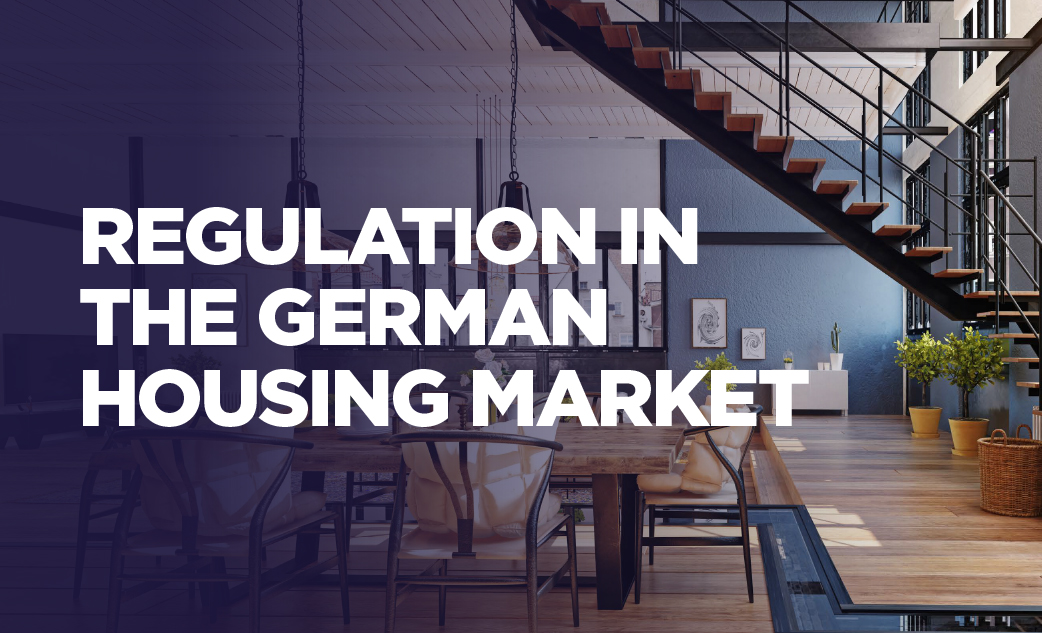For the first three quarters of 2023, international real estate consultancy firm Cushman & Wakefield (C&W) recorded commercial real estate transactions in Berlin with a volume of EUR 2.69 billion. This is 55 percent less than in the same period last year and 58 percent less than the 5-year average. At EUR 575 million, the transaction volume in the 3rd quarter was once again significantly lower than in the first two quarters.
Few major deals characterise the investment market
This year, Berlin’s investment market for commercial real estate recorded five transactions of more than EUR 100 million each in various asset classes, which alone account for over 60 percent of the total volume.
With a share of around one third of the transaction volume each, mixed-use real estate and retail real estate were property categories with the highest transaction volume in the first nine months of the year. C&W recorded EUR 1.05 billion for mixed-use and EUR 885 million for retail properties. The largest transaction in Q3 2023 was for a plot of land to be developed as a data centre, exemplifying this growing type of use.
Investors’ willingness to buy is low
The price reductions that have already taken place for commercial real estate are apparently not yet sufficiently strong to reawaken the propensity of many investors to buy. In the Q3, the office market became even less active at EUR 75 million and this largely comprise deals that often cannot be regarded as typical of the market.
In the first nine months of the year, logistics and industrial real estate generated a transaction volume of EUR 240 million, while hotels accounted for EUR 80 million. With a decline of 34 percent and 64 percent respectively, these market segments are also significantly behind the prior-year equivalent figures.
Overall, the cumulative transaction volume for all types of commercial rea estate to September, was the lowest at this point in the year since 2014.
Core properties lead transaction activity
The distribution of the transaction volume across risk classes is strongly influenced by SIGNA's Core sales, meaning that Core properties account for by far the highest proportion at 61 percent. This is followed by the Value-add segment at 13 percent, Opportunistic at 12 percent and Core+ at 8 percent. The most important types of investors were investment and asset managers, contributing some 41 percent of transaction volume. Open-ended mutual funds accounted for 21 percent, followed by corporates at 14 percent. Property developers accounted for 8 percent of the volume.
Clemens von Arnim, Head of Capital Markets Berlin at C&W, comments: “We are currently observing that only equity-strong or very opportunistic investors are active in the Berlin market. Others are holding back despite a further increase in yields. The bond market is signalling that the high level of interest rates will last longer than previously expected. Therefore, office yields are likely to continue to rise until the spread between the prime office yield and the 10-year government bond returns to a normal level in a long-term comparison.”
Rise in prime yields for office properties continues
Since interest rates began to rise, prime yields for office properties have risen sharply. In Q3, there was a further increase, to 4.40 percent. This is an increase of 45 basis points compared to the previous quarter. Over the past twelve months, the total increase amounts to 120 basis points.
Rising prime yields are also being recorded for both logistics properties and commercial buildings in prime locations. For logistics properties, they rose to 4.30 percent, and for commercial buildings in prime locations to 4.00 percent. Over a12-month period, yields have risen by 60 basis points for commercial buildings and 70 basis points for logistics properties.






